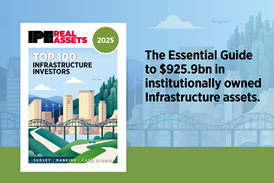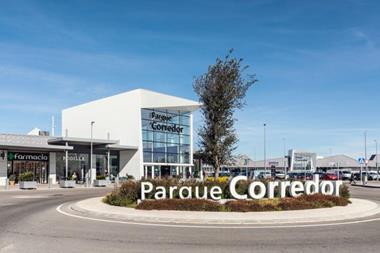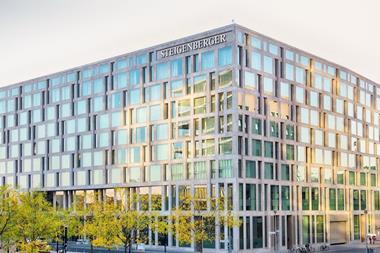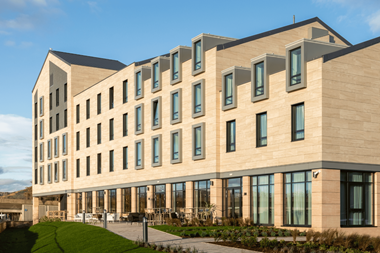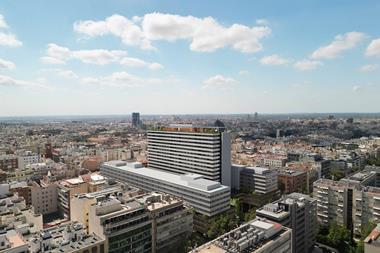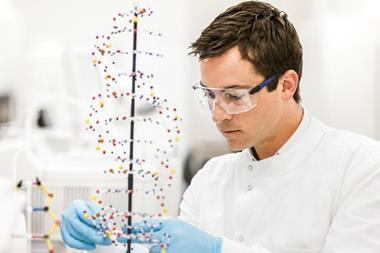A growing number of international retailers are finding their way to Russia, according to Charles Boudet, managing director of Russia & CIS at Jones Lang LaSalle. Brands which are entering the country include Hamleys, Laura Ashley, Michael Kors, Debenhams, Bath & Body Works, Merlin and Kidzania.
A growing number of international retailers are finding their way to Russia, according to Charles Boudet, managing director of Russia & CIS at Jones Lang LaSalle. Brands which are entering the country include Hamleys, Laura Ashley, Michael Kors, Debenhams, Bath & Body Works, Merlin and Kidzania.
While Moscow and St Petersburg remain the key magnets, regional towns are also increasing in importance, he said. ‘There are 13 cities in Russia with more than one million inhabitants, but also a considerable number with a population of half a million. Russian consumers spend 75% of their disposable income on retail. They are able to because many people own their own home; the mortgage market is not very developed at all. That is a major part of the explanation for why retail sales and consumption are still growing.’
JLL has been mandated to lease roughly 25% of the new retail stock coming to the market in the next 12 months, which is in the region of 320,000 m2.
While Russia - together with Turkey - accounts for 45% of all retail stock due to come to the European market by the end of next year, at present there is still a gaping hole in supply, according to Maxim Karbasnikoff, Cushman & Wakefield’s recently appointed retail agency partner in Moscow. Until around 2005, the primary focus was on Moscow but the 50-odd large regional centres are also of interest, he noted. However, since the outbreak of the global financial crisis in 2008, new development has screeched to a halt. ‘There haven’t been any significant developments for the past few years and there won’t be much until mid-2014.’
That may change in the next two to four years as Russia’s significant retail pipeline starts to come on stream. In Moscow, the current market supply is put at around 3.5 million m2, while another 1 million in m2 in new developments is scheduled for completion by 2015.
On the development side, the market is dominated by local companies, Karbasnikoff said. Prolific players like Multi and Redevco, both of which have been very active in Turkey, have not ventured into the racy Russian market. Karbasnikoff: ‘It’s not an easy market, several foreign developers have tried, but there are significant legal hurdles and other obstacles.’
While development financing is scarce or even non-existent in most markets in Europe, in Russia it is not as big an issue, Karbasnikoff said. Three of the big state-owned banks including Sberbank have large reserves and are quite bullish on project financing, he added. The arrival of a new wave of international retailers is also fuelling optimism. Most new players are targeting Moscow, but some big names like Inditex (H&M) are becoming active in the regions, even in smaller cities with 250,000 inhabitants.
‘Rents are higher on average in Moscow than in the rest of Europe, but landlords are recognising that it’s good to add new international brands to their centres and are willing to negotiate rental concessions.’
PropertyEU's November issue contains a full report on the European retail sector including an overview of the top investors so far this year and the leading developers. Click on the link below to subscribe:


